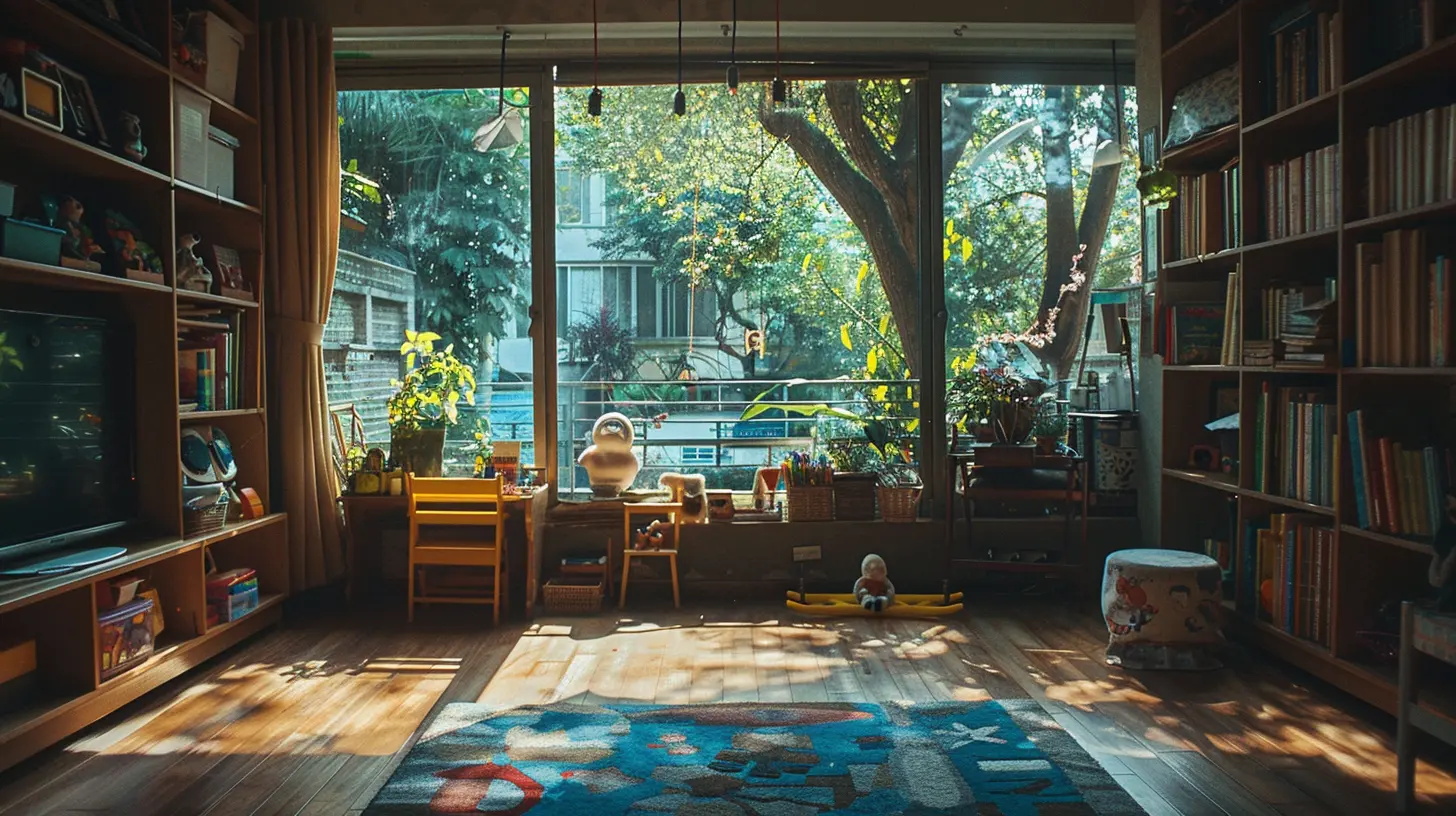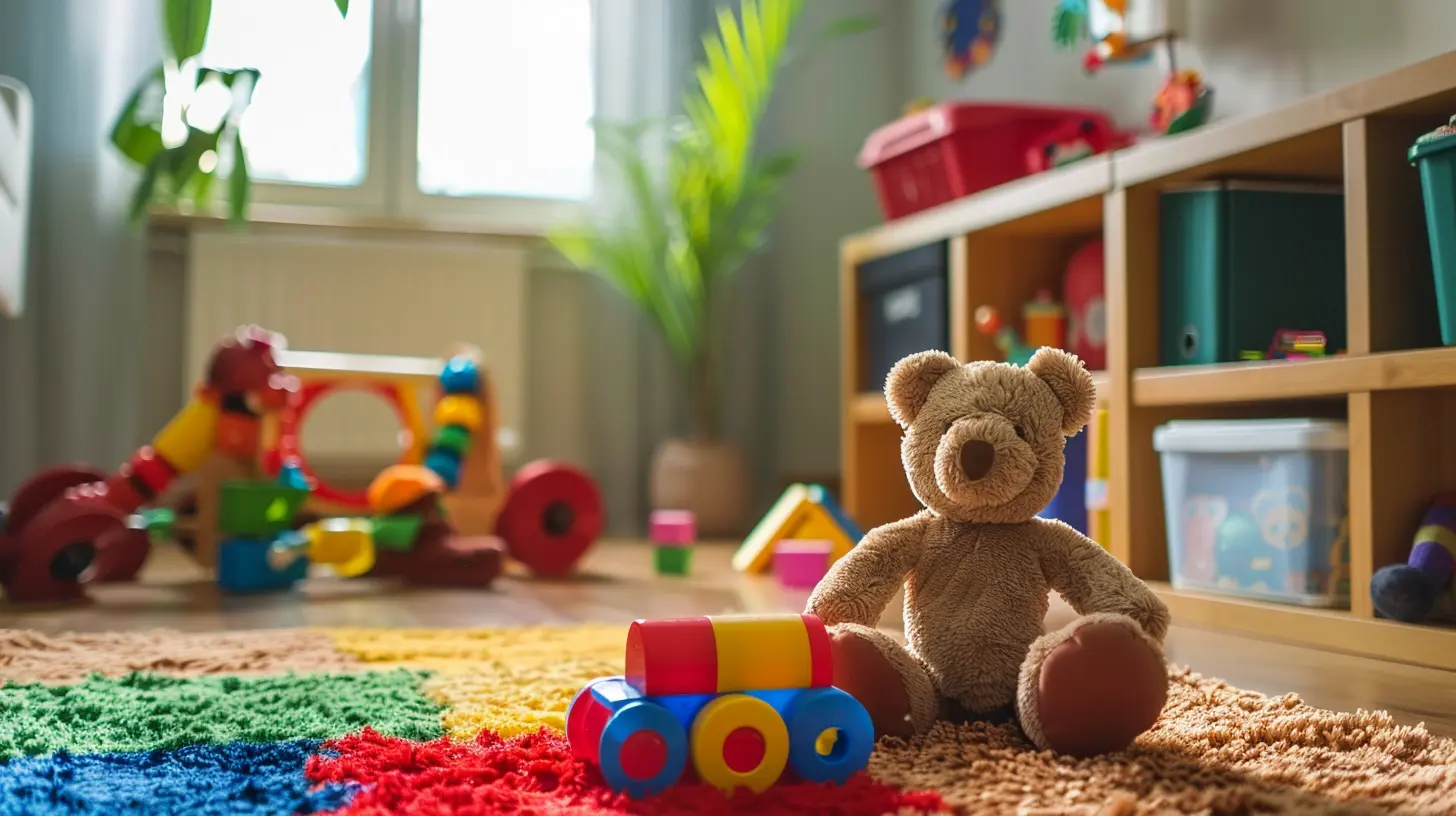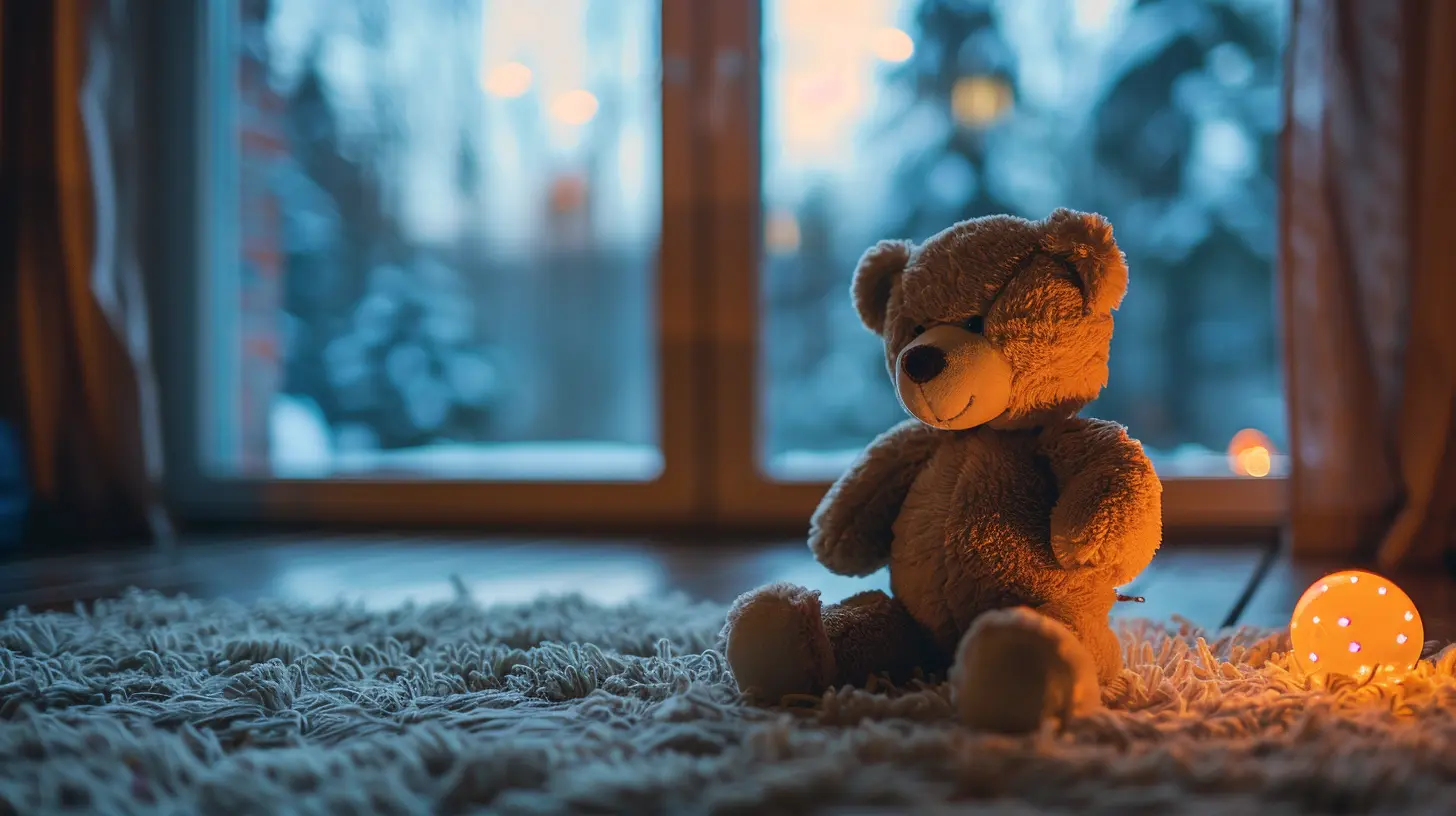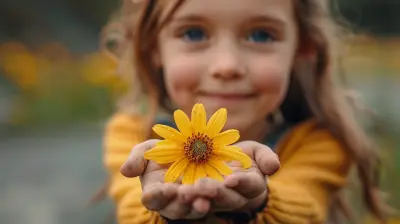21 April 2025
Home is where we feel safest—but what if I told you that dangers could be lurking right under your nose? Not the obvious ones like sharp knives or open flames, but hidden hazards that you might never have considered.
From toxic substances to choking hazards, unseen risks can affect your family's health and safety. Let's break down these hidden dangers so you can take action and keep your loved ones safe.

1. Poor Indoor Air Quality
You can’t see it, but the air inside your home might be filled with invisible pollutants. Dust, mold spores, pet dander, and chemicals from cleaning products can contribute to poor air quality. Long-term exposure could lead to respiratory issues, allergies, and even long-term health problems.What Can You Do?
- Use air purifiers to remove airborne particles.- Vacuum frequently with a HEPA filter vacuum to trap allergens.
- Choose natural cleaning products to limit chemical exposure.
- Introduce houseplants that help filter indoor air.
- Ventilate your home—open windows regularly to allow fresh air in.

2. Hidden Mold and Mildew
Mold can grow in places you rarely check—behind furniture, under sinks, or inside walls after a leak. It thrives in damp environments and can cause severe allergies, respiratory problems, and skin irritation.How to Detect and Prevent Mold?
- Look for discoloration on walls and ceilings.- Check for musty smells—a strong indicator of mold presence.
- Fix leaks immediately to prevent moisture buildup.
- Use a dehumidifier in damp areas like basements.
- Clean and dry wet areas within 24–48 hours to prevent mold growth.

3. Unstable Furniture and Tip-Over Hazards
That tall bookshelf or TV stand might seem harmless, but if it’s not secured, it could become a deadly hazard. Curious toddlers often climb on furniture, and a single misplaced pull could cause an entire unit to topple over.How to Childproof Heavy Furniture?
- Anchor furniture to the wall using anti-tip straps.- Place heavier items on lower shelves to improve stability.
- Keep tempting objects (like toys or remotes) out of reach to discourage climbing.
- Secure TVs so they can't tip over if pulled.

4. Electrical Hazards You Overlook
We plug in devices every day without a second thought, but faulty wiring, overloaded outlets, and exposed cords can be major fire risks. Even something as simple as a frayed charging cable can cause an electrical fire.Electrical Safety Tips:
- Replace damaged or frayed cords immediately.- Don't overload power strips—follow load capacity guidelines.
- Keep cords organized and out of reach of children.
- Install outlet covers to prevent kids from sticking objects inside.
- Schedule an electrical inspection if you live in an older home.
5. Carbon Monoxide Poisoning
Carbon monoxide is a silent killer—it’s odorless, colorless, and lethal if inhaled in high concentrations. Faulty gas appliances, fireplaces, and even running your car in an attached garage can cause CO buildup.How to Protect Your Family?
- Install carbon monoxide detectors on every floor of your home.- Never run a car inside a closed garage—even for a short time.
- Have gas appliances inspected regularly to ensure they’re functioning properly.
- Keep vents clear—snow, debris, or pests can block exhaust systems.
6. Hidden Choking Hazards
Young children explore the world by putting things in their mouths—this is where choking becomes a real risk. Small objects like coins, batteries, and tiny toy parts can be life-threatening.How to Minimize Choking Risks?
- Keep small objects out of reach—this includes buttons, beads, and paper clips.- Store batteries safely—button batteries are extremely dangerous if swallowed.
- Buy age-appropriate toys and check for small parts.
- Cut food into small, manageable pieces for toddlers.
7. Chemical Exposure from Household Products
Many everyday household items contain dangerous chemicals—cleaning sprays, air fresheners, and even some personal care products can release harmful toxins. Prolonged exposure can lead to health problems ranging from breathing difficulties to hormone disruptions.Safer Alternatives?
- Opt for non-toxic cleaning products—or make your own using vinegar and baking soda.- Store harmful substances in locked cabinets away from children and pets.
- Read labels carefully before purchasing household products.
- Avoid aerosol sprays that can release harmful particles into the air.
8. Unsafe Flooring and Trip Hazards
Trips and falls are some of the most common household injuries, especially for kids and elderly family members. Loose rugs, wet floors, and cluttered walkways can all increase the risk.How to Make Your Home Slip-Proof?
- Secure rugs with non-slip pads or remove slippery rugs entirely.- Wipe up spills immediately to prevent accidental falls.
- Keep hallways and stairwells clutter-free to ensure safe passage.
- Install grab bars in bathrooms—especially for seniors and toddlers.
9. Dangerous Kitchen Hazards
The kitchen is a danger zone—sharp knives, hot stoves, and toxic chemicals all in one place. But beyond the obvious risks, there are hidden ones like improperly stored cleaning supplies or spoiled food in the fridge.Kitchen Safety Tips:
- Store knives in locked drawers or knife blocks.- Keep cleaning products away from food storage areas.
- Check expiration dates regularly—old food can grow harmful bacteria.
- Unplug small appliances when not in use to prevent electrical fires.
10. Water Contamination in Your Home
Think your tap water is safe? It might not be. Lead, pesticides, and other harmful substances can sometimes seep into your water supply. Contaminated water can lead to illnesses, especially in young children.How to Ensure Clean Water?
- Use a high-quality water filter that removes lead, chlorine, and bacteria.- Test your water periodically to detect any contamination.
- Avoid storing water in plastic bottles for too long—harmful chemicals may leach into the water.
- Flush household pipes if water has been sitting stagnant for extended periods.
Final Thoughts
Your home should be a place of comfort, not hidden dangers. Being aware of these risks allows you to take action and create a healthier, safer space for your family. A few small adjustments can make a massive difference.So, take a walk around your home, inspect the areas we covered, and fix any issues before they become serious problems. Your family’s safety is worth it!




Elena Kim
Who knew that the humble toaster could be plotting against us? 🥴 Between rogue Legos and suspiciously slippery socks, the ultimate parenting challenge is navigating our very own home jungle. Just remember: if it looks like a hazard and smells like a leftover mystery, it probably is! 🔍🏡
April 23, 2025 at 4:55 PM